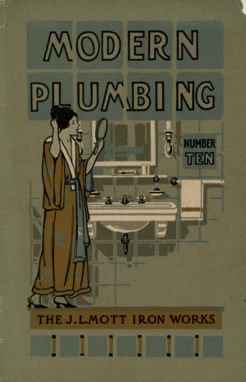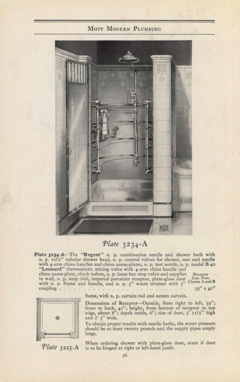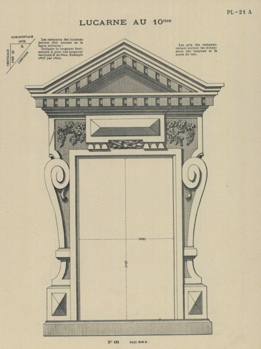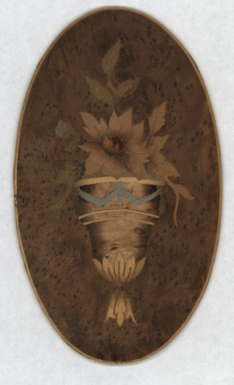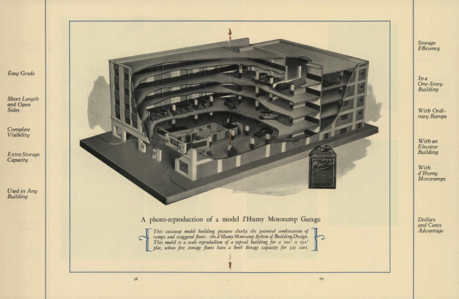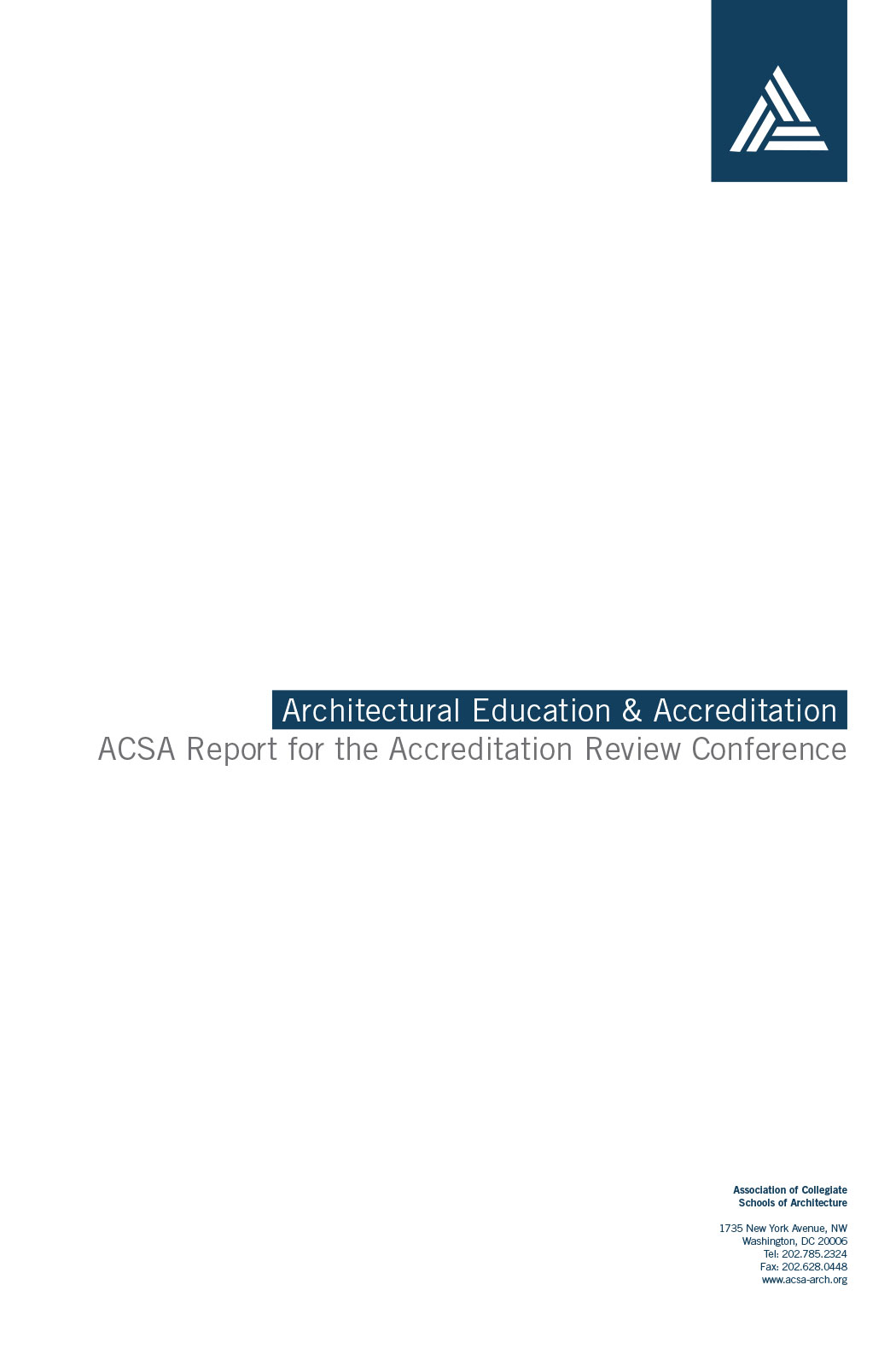The 2013-2014 academic year marks the 20th Anniversary of the founding of Auburn University Rural Studio. Founded in 1993 by Sambo Mockbee and D.K. Ruth, the Studio’s rich existence in rural West Alabama is rooted in building relationships and earning trust from neighbors and friends in the community while immersing architecture students in the culture. Living, learning and working in West Alabama has afforded School of Architecture, Planning and Landscape Architecture students the opportunity to apply their skills as designers, while also learning about the nature, history, culture, economy, architecture and community in this unique educational landscape. Rural Studio would like to celebrate and honor the place and its people, which have allowed them to thrive while maintaining rigor and passion.
Auburn’s School of Architecture, Planning, and Landscape Architecture (APLA) has been gaining some recognition from some of its youngest alumnae/former students. First, Courtney Brett, and then, Rosannah Sandoval, became the AIA’s youngest licensed architects, in 2012 and 2013, respectively. Ms. Brett, who transferred to Auburn University’s School of Architecture when she was 16, was a Rural Studio participant who graduated in 2007, at age 20. Ms. Brett recently started her own firm, Casburn Brett Architecture, based out of Daphne, Alabama. Ms. Sandoval has a similar story, in that she finished school at the age of 18. At Auburn, she participated in Rural Studio. When her family relocated to California, Ms. Sandoval transferred to California College of the Arts, where she completed her degree. In 2013, Ms. Sandoval became the, now, youngest active Architect member of the AIA, at 23. She works as a designer in Perkins + Will’s San Francisco office
Associate Professor Doug Burleson has retired from the architecture program faculty this May, 2013. Prof. Burleson joined the School of Architecture, Planning, and Landscape Architecture’s (APLA) faculty in 1986, and the span of his teaching roles has covered a broad spectrum of studio year-levels and lecture topics. In addition to teaching in the professional curriculum, Prof. Burleson has taught the Architecture Appreciation course to non-architecture majors for the past six years.
The Auburn University School of Architecture, Planning and Landscape Architecture (APLA) is pleased to announce a new sponsored student competition. Marvin Windows by Dale Inc, a premier manufacturer of made-to-order wood and clad wood windows, will make an annual in support of awards for the APLA Portfolio Design Competition for fourth year architecture students. The sponsorship comes as a philanthropic gift from the company to the school through the Auburn University Foundation, and will be focused on helping students in the architecture program prepare for their professional careers. As the centerpiece of this support, the architecture program’s annual student portfolio competition has become the Marvin Windows by Dale Inc Portfolio Competition. Marvin Windows by Dale Inc will also provide technical support for classroom instruction regarding windows and other building enclosure systems. The winners of this year’s competition are: 1st place, Justin Collier; Merit Award, Whitney Johnson, Merit Award, Taiwei Wang.
The Alabama Forestry Association has been sponsoring “wood comp,” second year architecture student design competition, for more than forty years. Participating in this competition has become a milestone experience for generations of Auburn Architecture graduates. During spring semester 2013 the 2nd year students design a branch library for a site located in Bibb City, Georgia. To prepare for the project, the students traveled throughout the region to view examples of contemporary library designs as well as to gain insight into the changing role of this public institution in today’s electronic age. Winners of the 2013 competition are: First Place, Kyle Kiersey; Second Place, Timothy Fuerst; Third Place, George Criminale. Honorable Mentions were awarded to the following: Lia Bernhardt, Kaylee Bruce, Krystal Duchene, Valyn Daconto.
Several students and faculty from the School of Architecture, Planning and Landscape Architecture’s Graduate Program in Landscape Architecture have been honored with annual awards from the American Society of Landscape Architects. The Campus Rain Works Collaborative Team received an ASLA Student Award of Merit for their collaborative design entitled Auburn University Daylighting of Parkerson Mill Creek. The team consisted of landscape architecture students–Maria Hines, Dale Speetjens, Pratisha Shakya, Chen Fan and Xue Hao; architecture students–Brad Green & Cynthia Baker; Jaron Benett, Building Science and Amanda Meder, Horticulture. Faculty/ staff mentors for the project were: Darren Olsen, Building Science; Amy Wright, Horticulture; Paul Zorr, Architecture; Charlene LeBleu, Landscape Architecture and Stephen Everett, Auburn University Campus Planning.
Xue Hao, a 2013 graduate of the Master of Landscape Architecture Program, received an ASLA Student Award of Honor for Community Design & Service. Elements of the winning project, Rugged Sidewalk and Famous People Wall Elements, will be utilized for redevelopment of the Selma-to-Montgomery National Historic Civil Rights Trail. The Award of Honor is the highest design award given in landscape architecture. Xue Hao’s work is part of the 2012 Spring LAND 6330 Studio IV taught by Charlene LeBleu, Associate Professor, Landscape Architecture.
HILLworks: landscape + architecture, the design practice of assistant professor David Hill was recognized by the ASLA with two awards. The Phrenology Project was awarded a 2013 Merit Award in Research for its investigation into the dynamic spatial qualities of plants through the seasons. The Transformation Garden, designed for a private residence in Auburn, Alabama, was awarded a 2013 Award of Merit in Design.
Charlene Lebleu, Associate Professor in the Master of Landscape Architecture program, presented the paper and a poster at the International Federation of Landscape Architecture (IFLA) World Congress in Auckland, New Zealand, April 11. The peer-reviewed paper entitled “Designing Africa in Alabama, USA” describes the historic significance of AfricaTown in Mobile County, AL, an area where the descendants of the last recorded group of captive Africans brought to the United States continue to live and make their home. The paper highlights studio proposals to commemorate the history in the form of a State Park. The poster, “Plaza Independencia—Plaza Formation & Expression: Montevideo, Uruguay,” was co-authored with Marjorie Woodbury, a 2012 graduate of the MLA program. LeBleu and Woodbury traveled to Montevideo, Uruguay in fall 2011 to study urban plazas and continue to collaborate on projects.
Professor Rod Barnett, Program Chair for the Landscape Architecture program, has authored, Emergence in Landscape Architecture (Routledge, 2013). Emergence in Landscape Architecture attempts to describe how landscape architects can frame their practices in response to the increasingly dramatic disturbances of the 21st century and charts the development of new realms of interaction in our cities, in forgotten industrial landscapes and across the farms, streams and woodlands of the countryside.

 Study Architecture
Study Architecture  ProPEL
ProPEL 